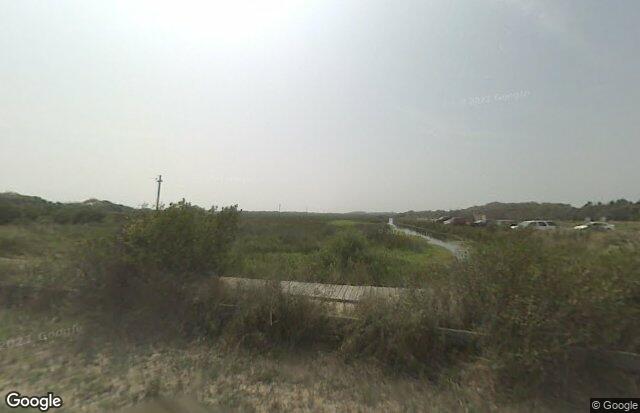
Back Bay National Wildlife Refuge
Back Bay National Wildlife Refuge
4005 Sandpiper Road Virginia Beach, Virginia 23456
Back Bay webpage (U.S. Fish & Wildlife Service)Back Bay trail list (U.S. Fish & Wildlife Service)
Back Bay summary (Birding Virginia)
Tips for Birding
Throughout the year, the only constant at Back Bay National Wildlife Refuge is that early morning birding tends to be the most productive. Due to the park's proximity to the resort area of Virginia Beach, large crowds often show up as the day moves on, and the birds tend to get more difficult to find. During January, February, and March, only the trails nearest to the Visitor Contact Station (VCS) and the beach are open to the public, which further densifies where visitors will tend to congregate. For more details on how to get the most out of your visit to Back Bay, see the Birding Virginia summary linked above.
Birds of Interest
During the winter months be on the lookout for tundra swans, American black ducks, gadwall, buffleheads, pied-billed grebes, and many species of ducks and water birds. During migration, the dike area hosts diverse populations of shorebirds and occasional vagrant passerines.
About this Location
Back Bay National Wildlife Refuge was established in 1938 to protect and provide habitat for migratory and wintering waterfowl, or ducks, geese, and swans. The refuge encompasses a variety of habitats including beaches, dunes, shrub-scrub, freshwater wetlands, and woodlands. The primary unit of the wildlife refuge sits a thin strip of barrier island coastline typical of the Atlantic and Gulf coasts. Other areas of the refuge include islands in Back Bay and upland areas on the west bank of the bay.
Thousands of tundra swans, snow and Canada geese, and a large variety of ducks visit the refuge during the fall/winter migration. Refuge waterfowl populations usually peak during December and January. The refuge also provides habitat for other wildlife, including such threatened and endangered species as the loggerhead sea turtle, and recently recovered species like the brown pelican and bald eagle.
In addition to providing habitat for migratory birds and wildlife, Back Bay Refuge provides over eight miles of scenic trails, a Visitor Center, interpretive programming, and, with advanced scheduling, environmental education opportunities. Popular outdoor recreation activities at the refuge include hiking, biking, freshwater fishing, surf fishing, kayaking/canoeing, wildlife photography, and wildlife observation.
Content from Back Bay webpage (U.S. Fish & Wildlife Service) and Rob Bielawski for Birding Virginia
